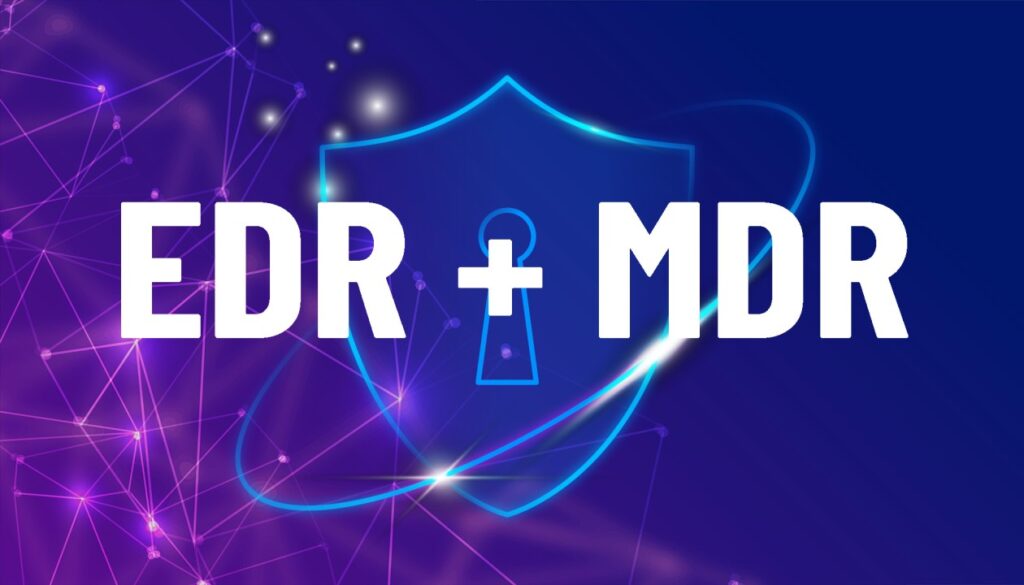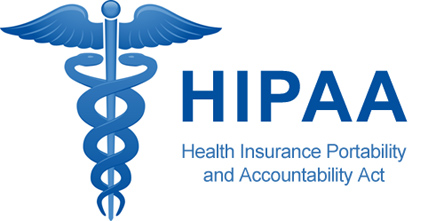
A MDR, or managed detection and response, and an EDR, or endpoint detection and response, are two cybersecurity solutions that have become increasingly popular in recent years. Both MDR and EDR are designed to help organizations detect and respond to security threats in real-time, but there are some key differences between the two. In this blog post, we will explore the benefits of MDR and EDR and how these solutions can help organizations improve their cybersecurity posture.
One of the main benefits of MDR is that it provides continuous monitoring of an organization’s network, devices, and systems. This is particularly important in today’s threat landscape, where new threats and vulnerabilities are constantly emerging. With MDR, an organization can be alerted to potential threats in real-time, allowing them to take timely and appropriate action to protect their systems.
Another benefit of MDR is that it can help organizations reduce the time it takes to detect and respond to threats. Traditional cybersecurity solutions, such as firewalls and antivirus software, are reactive in nature and can only detect known threats. MDR, on the other hand, uses advanced algorithms and machine learning to detect both known and unknown threats, which can help organizations detect and respond to threats much faster.
In addition to providing continuous monitoring and faster threat detection and response, MDR also offers a range of other benefits. For example, MDR can help organizations reduce the number of false positives, which can be a major problem with traditional cybersecurity solutions. False positives can lead to wasted time and resources as organizations investigate potential threats that turn out to be benign. MDR can also help organizations reduce the risk of data breaches, as it can detect and respond to threats before they can do significant damage.
EDR is another valuable cybersecurity solution that can help organizations improve their security posture. Like MDR, EDR provides continuous monitoring of an organization’s systems and devices, but it is specifically designed to monitor endpoints, such as laptops, servers, and mobile devices. This is important because endpoints are often the primary target of cyber-attacks, as they can provide an attacker with access to an organization’s network.
One of the main benefits of EDR is that it can help organizations detect and respond to threats that have made it past traditional perimeter defenses, such as firewalls and antivirus software. EDR uses advanced algorithms and machine learning to detect suspicious activity on endpoints and alert organizations to potential threats. This can help organizations take timely and appropriate action to protect their systems and prevent data breaches.
In addition to detecting and responding to threats, EDR can also provide organizations with valuable insights into their security posture. EDR generates reports and analytics that can help organizations understand how their systems are being used, identify potential vulnerabilities, and make informed decisions about how to improve their security posture. This can be particularly useful for organizations that have a large and dispersed workforce, as it can help them understand how their employees are using their devices and identify any risky behaviors that may need to be addressed.
There are many other benefits of MDR and EDR that make these solutions valuable for organizations of all sizes. For example, MDR and EDR can help organizations comply with industry regulations and standards, such as the Payment Card Industry Data Security Standard (PCI DSS), the General Data Protection Regulation (GDPR), and the Health Insurance Portability and Accountability Act (HIPAA). These solutions can also help organizations reduce their overall cybersecurity costs, as they can help prevent costly data breaches and reduce the need for expensive security incident response efforts.
In conclusion, MDR and EDR are valuable cybersecurity solutions that can help organizations improve their security posture and reduce the risk of data breaches. Both solutions provide continuous monitoring and real-time threat detection and response, which can help organizations respond to threats faster.


